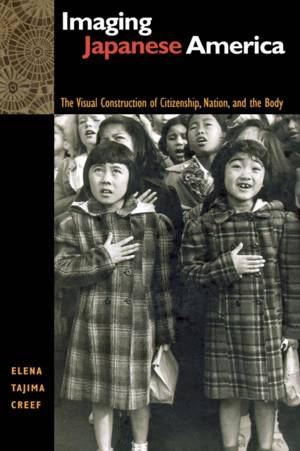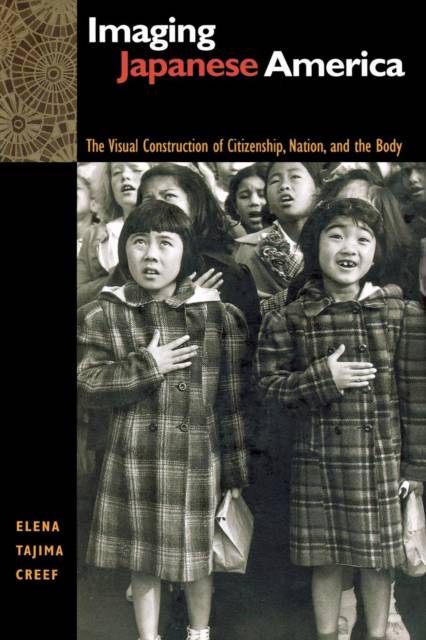
- Retrait gratuit dans votre magasin Club
- 7.000.000 titres dans notre catalogue
- Payer en toute sécurité
- Toujours un magasin près de chez vous
- Retrait gratuit dans votre magasin Club
- 7.000.0000 titres dans notre catalogue
- Payer en toute sécurité
- Toujours un magasin près de chez vous
Imaging Japanese America
The Visual Construction of Citizenship, Nation, and the Body
Elena Tajima CreefDescription
As we have been reminded by the renewed acceptance of racial profiling, and the detention and deportation of hundreds of immigrants of Arab and Muslim descent on unknown charges following September 11, in times of national crisis we take refuge in the visual construction of citizenship in order to imagine ourselves as part of a larger, cohesive national American community.
Beginning with another moment of national historical trauma--December 7, 1941 and the subsequent internment of 120,000 Japanese Americans--Imaging Japanese America unearths stunning and seldom seen photographs of Japanese Americans by the likes of Dorothea Lange, Ansel Adams, and Toyo Mitatake. In turn, Elena Tajima Creef examines the perspective from inside, as visualized by Mine Okubo's Maus-like dramatic cartoon and by films made by Asian Americans about the internment experience. She then traces the ways in which contemporary representations of Japanese Americans in popular culture are inflected by the politics of historical memory from World War II. Creef closes with a look at the representation of the multiracial Japanese American body at the turn of the millennium.
Spécifications
Parties prenantes
- Auteur(s) :
- Editeur:
Contenu
- Nombre de pages :
- 245
- Langue:
- Anglais
Caractéristiques
- EAN:
- 9780814716229
- Date de parution :
- 01-01-04
- Format:
- Livre broché
- Format numérique:
- Trade paperback (VS)
- Dimensions :
- 149 mm x 223 mm
- Poids :
- 335 g

Les avis
Nous publions uniquement les avis qui respectent les conditions requises. Consultez nos conditions pour les avis.






